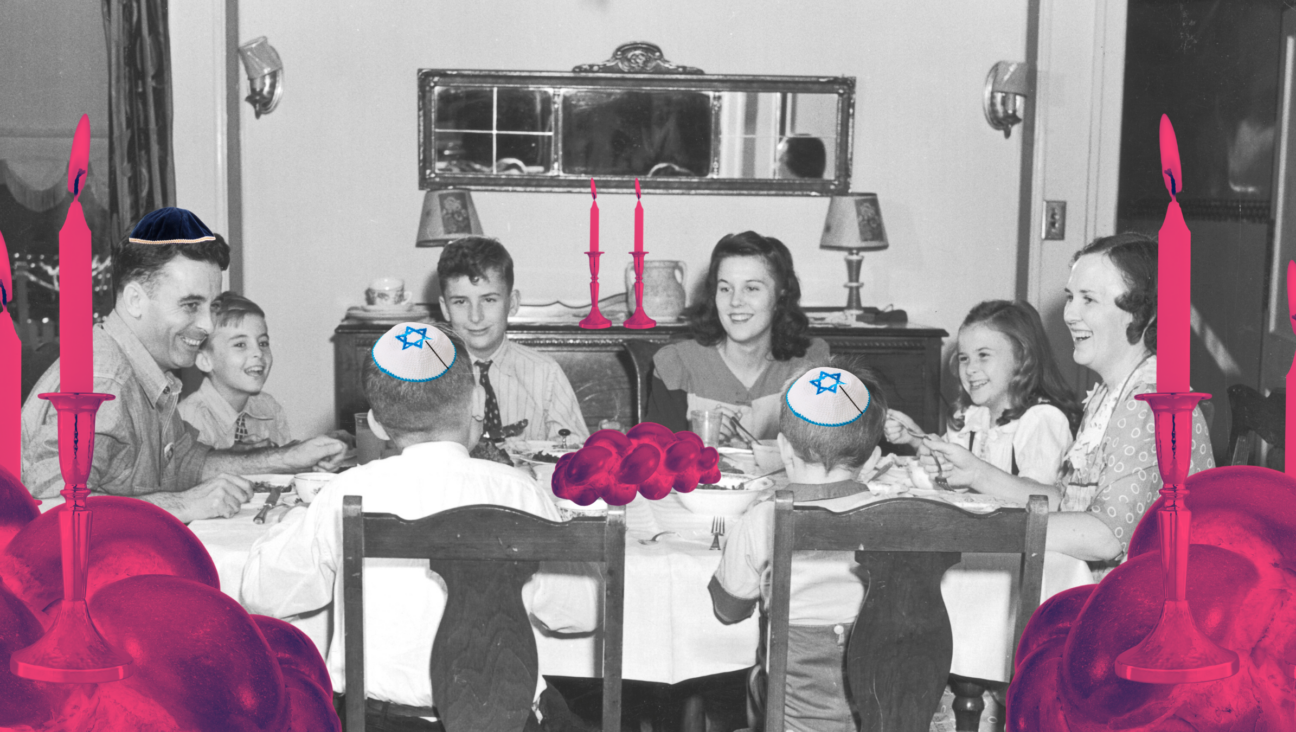Why Women Deserve A Clear Professional Dress Code

Image by iStock
After having been caught one too many times talking to boys and smoking cigarettes behind Feltzer’s Pharmacy, my father corralled his fifteen year old daughter (me) and explained that even though we were Jewish, I was on my way to Catholic school. “Uniforms and nuns will straighten you out,” Dad said.
Suffice it to say that a watch plaid skirt, blue vest, white blouse, knee socks and sensible shoes effectively destroyed my “anything goes” sixties sense of style. My school uniform became a a fashion equalizer that turned my attention towards other things. No one looked “hot” in her pleated skirt and no one “crushed it” in his maroon blazer. For the boys and girls in Pittsburgh’s Catholic schools, any the emphasis on fashion was muted by strict dress requirements. The school uniform won the day — and Dad was relieved when classes, homework and after school activities took priority once again.
35 years later, I found myself working as a rabbi in a small traditional congregation where I led services every Friday evening and Saturday morning. Back then, female rabbis were few in number and I was aware that a significant minority of my congregants were wary of a woman as synagogue leader. Turning to my supervising rabbi who had already offered me astute guidance during my ten month long internship, I brought up the subject of rabbinic attire and how important it may or may not be to congregants.
“Notice that I wear a robe to lead services,” he said. “That way I’ve diffused comments about the cut of my suit, the color of my tie and whether or not my shirt compliments my outfit.” I thought back to my high school days when indeed a uniform was the great equalizer. I decided that wearing a robe was the best choice for me as well — until the day two of our little ones bumped into me as I held a full Kiddush cup in my hands. In seconds, my white robe was streaked with grape juice, which prompted a trip to the dry cleaners. Unfortunately, because I forgot to pick it up, my robe languished at the dry cleaners for nearly a week.
With no robe to wear and services beginning in an hour, I chose a jacket and skirt combination, dark stockings and medium-heeled shoes — an outfit that I was sure would suffice in a pinch. When I walked into the sanctuary, heads turned and one male congregant spoke up, loud enough for everyone to hear, “Hey look! The Rabbi has legs!”
The comment made me uncomfortable, but it never occurred to me to take any action. Instead the incident was mostly forgotten until it surfaced recently in light of the national focus on sexual harassment. As story after story breaks in the media, I have begun to pay less attention to what I hear and more attention to what I see. Where professional dress is concerned, it’s time for women to demand professional equality.
Apparently, I am not alone. In an interview with Radio Times magazine, Angela Lansbury, of Murder She Wrote fame, noted that “We (women) have to own up to the fact that women, since time immemorial, have gone out of their way to make themselves attractive. And unfortunately it has backfired on us — and this is where we are today.”
Although Lansbury has been excoriated for her view, and subjected to all manner of criticism including ageist remarks that try to diminish her comments because she’s 92 years old, there is something to be said about the confusion that ensues when women do not have the same guidelines in professional dress as do their male counterparts. The sentiment was echoed by three time Olympic gold medalist Gabby Douglas who, although she is 71 years younger than Lansbury, drew similar criticism when she posted on social media that women should “dress modestly and be classy.”
This disparity between men’s and women’s professional wardrobe was not lost on Representative Marcy Kaptur (D-Ohio), who noticed that where professional dress is concerned, women on Capitol Hill are not held to the same standards as the men with whom they work. Noting that outfits that emphasize cleavage can be problematic, Kaptur said, “…many companies and the military (have) a dress code. I have been appalled at some of the dress of…(female) members and staff. Men have to wear ties and suits.”
Like Marcy Kaptur, I have seen the effect that wearing a uniform can have on daily discourse. As far back as high school where the uniforms girls and boys wore created a visual balance between the sexes, to today’s television personalities like Greta Van Susteren, Rachel Maddow, Christiane Amanpour and Maria Bartiromo whose business suit “uniform” exemplifies equality in professional dress, clothing has the power to redirect attention from sex to substance.
Of course it goes without saying that a woman’s professional clothing choice will not deter men who engage in boorish or harassing behavior. But a woman who chooses to wear a suit does send a clear message to a man who is dressed the same way. In the professional world where we women want and deserve gender equality, a business suit conveys the unmistakable sentiment; just like the men, we women mean business, too.






















